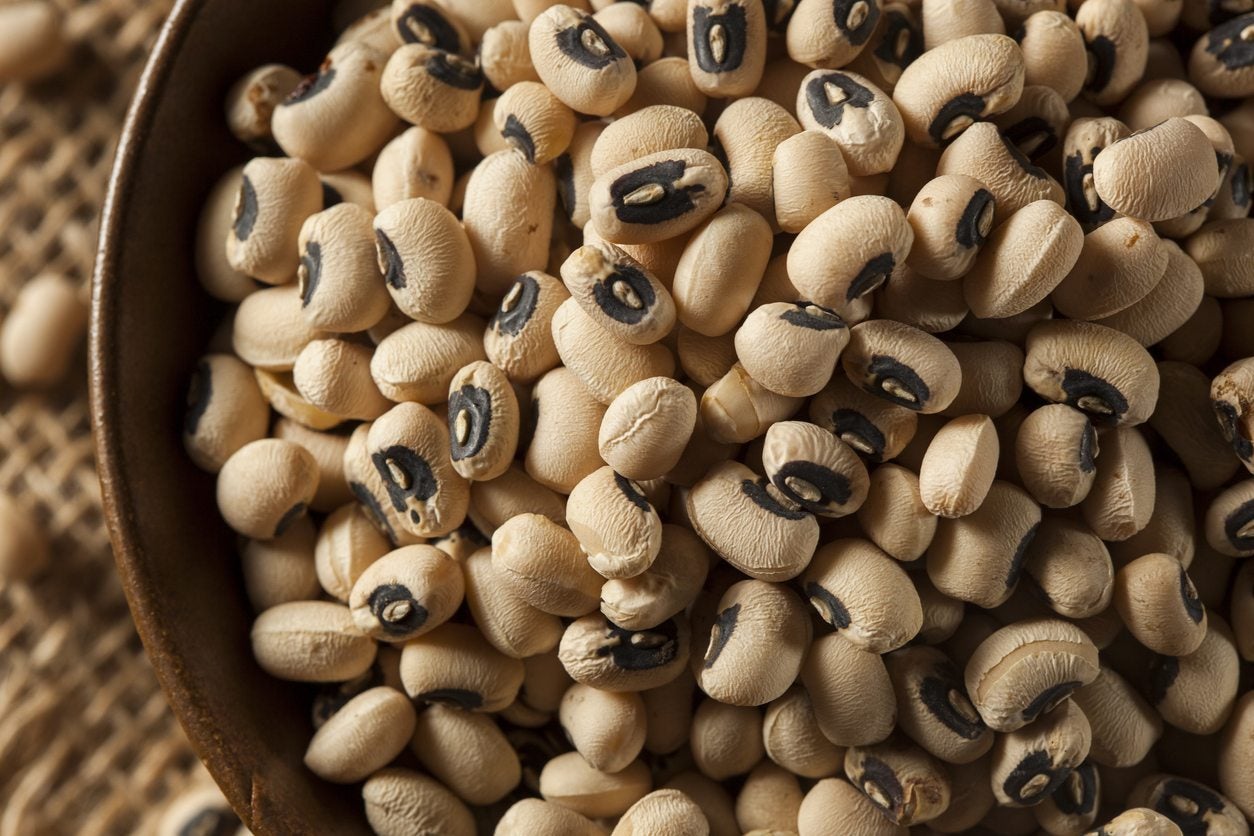How To Harvest Black-Eyed Peas – Tips For Picking Black Eyed Peas

Whether you call them southern peas, crowder peas, field peas, or more commonly black-eyed peas, if you’re growing this heat-loving crop, you need to know about black eye pea harvest time-- such as when to pick and how to harvest black-eyed peas. Keep reading to find out about harvesting and picking black-eyed peas.
When to Pick Black-Eyed Peas
Originating in subtropical Asia, black-eyed peas are actually legumes rather than peas. They are a common celebratory feature of many New Year’s Day meals in the southern United States. Although a popular crop in that region, black-eyed peas are actually cultivated around the globe, yet many of us only know them as the dried white bean with a black 'eye.' Black-eyed peas can actually be harvested as either a fresh snap bean about 60 days post germination or as a dry bean after about 90 days of growing time. They are sown after the last frost or can be started inside four to six weeks before the last frost, although they don’t respond as well to transplanting as direct sowing. A better idea to get an early start is to lay down black plastic to warm the soil and then direct seed.
How to Harvest Black-Eyed Peas
Both bush and pole varieties are available, but either type will be ready to harvest in about 60 to 70 days for snap beans. If you are harvesting black eyed peas for dried beans, wait until they have been growing for 80 to 100 days. There are a number of methods to harvest black-eyed peas for dried beans. The easiest is to wait to start picking the black-eyed peas until they are dry on the vine. Bush beans begin producing before pole beans and usually become ready to harvest all at once. Stagger planting every two weeks will keep the bush beans producing longer. You can begin picking black-eyed peas for snap beans when the pods are 3 to 4 inches (8-10 cm.) in length. Pick them gently so you don’t take the entire vine with the pods. If you want to harvest for shelling beans or dry beans, leave the pods on the vines to dry completely. Wait to harvest until the pods are dry, brown, and you can see the beans almost bursting through the pods. Shell the pods and allow the peas to dry thoroughly. Store them in an airtight container in a cool, dry area for at least a year. Add the empty hulls to your compost pile.
Sign up for the Gardening Know How newsletter today and receive a free copy of our e-book "How to Grow Delicious Tomatoes".

Amy Grant has been gardening for 30 years and writing for 15. A professional chef and caterer, Amy's area of expertise is culinary gardening.
